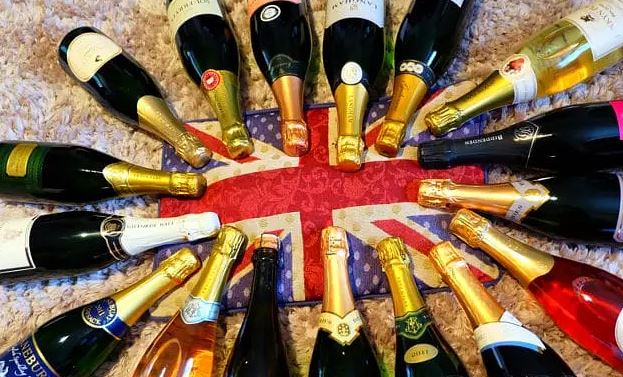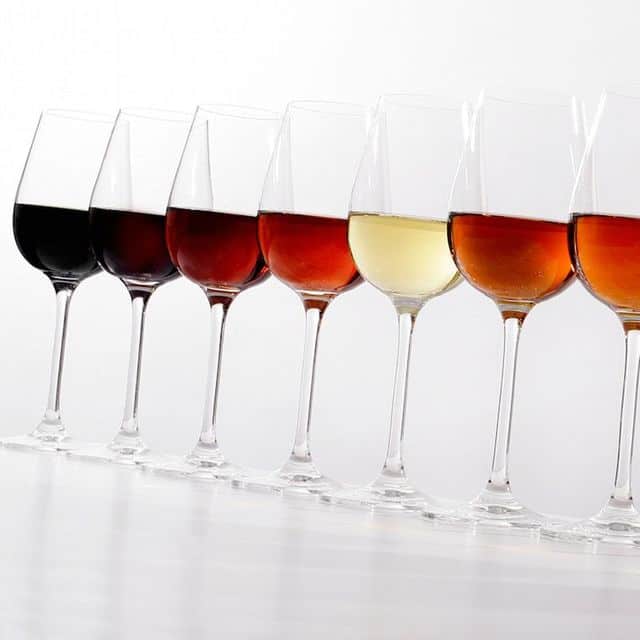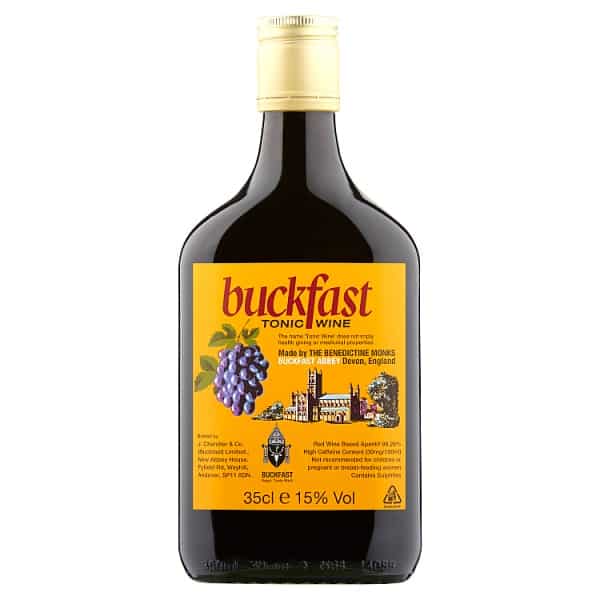British wine? English wine? English wine? British wine?
Confused already? Then join the world’s favourite search engine – Google. The two terms are all the same to it. Put in “British Wine” and you get almost exactly the same results as searching for English Wine.
Most people – or at least most outside Great Britain – think along with Google that the two are synonymous. After all, the people of Britain mostly speak English and England is the biggest part by population of Britain.
But not when it comes to wine. English wine is a product of usually small wineries mostly in the southern part of the country. It has grown up in the last few decades as it was realised that the Romans grew grapes in this country, the latitude is not noticeably different from that in many wine nations in Europe such as Germany, and that land devoted to grapes can produce greater financial rewards.
This is not massive in scale. But the result is that English wines, especially whites and fizzy varieties, are good. They win prizes, often beating champagne in blind tastings. They excite wine writers. And they are often at the top end of the price range.

British wine – despite the search engine confusion – is altogether different. It is cheap. It wins no prizes. And wine writers would sooner jump into a pool of wine-lake red than drink it.
It is made from imported concentrated grape juice. This is mixed before being fermented and bottled. It is no different from the home brew wine kits popular in the UK around 40 years ago (you can still buy them) except in scale. British wine is truly industrial. And truly not recommended. You probably will never find it on a wine list.
Five decades ago, British wine was popular, especially the sweet “sherry” versions. But as people have become more wine-aware, its popularity has plummeted. With reason.

Nevertheless, there are some interesting varieties. Ginger Wine (Crabbies and Stones are the best known but there are some supermarket own labels) is a British wine flavoured with ginger and raisins. It is about as strong as red wine (about 13.5%). You can buy a bottle for £6 or less and it is most used mixed with blended Scotch to produce a Whisky Mac.
Then there is Buckfast Tonic Wine. This was traditionally made by Benedictine monks at Buckfast Abbey in Devon. It is now made industrially.

It is strong – about 15% – and costs around £7 to £8 a bottle. The attraction is the high degree of added caffeine – which makes it illegal in many jurisdictions. It is supposed to taste like a mixture of bubble gum and cough medicine.
But while mass sales are now largely in Scotland and Northern Ireland where it is supposedly the drink of choice of the unfortunate, nothing stays for ever. Mixologists in trendy London bars are experimenting with using it as a component of cocktails.
If like us you love food and drinks and want to learn more, join us on our awards wining Secret Food Tours and get a fantastic experience with local food loving guides
